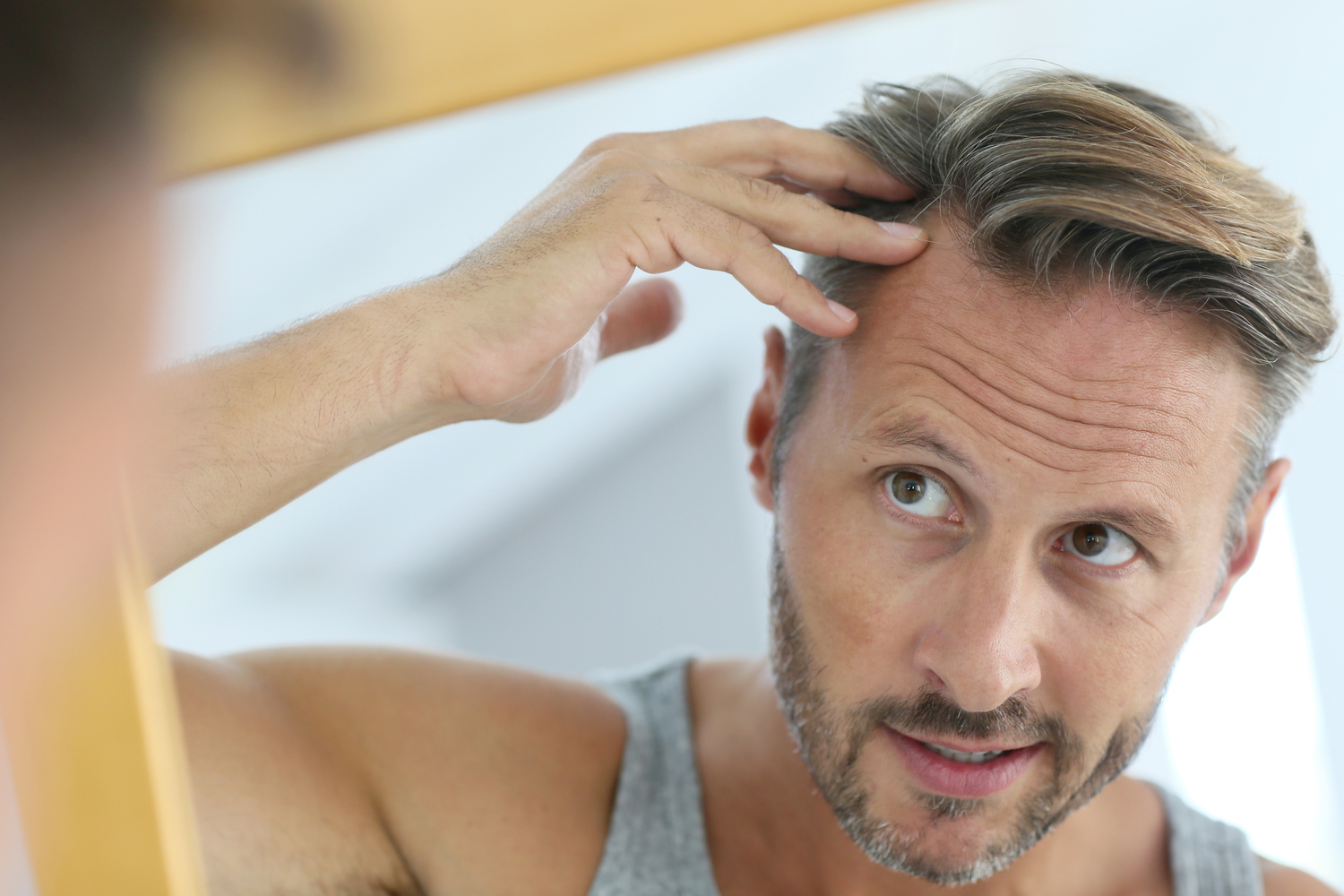
Treatments for Hair Loss in Men
Hair loss occurs in men as they age. A thick scalp may suddenly start thinning and the hairline may start receding due to various factors. A major cause of this condition is genetic baldness. Male pattern baldness, also known as androgenetic alopecia, is inherited. It can begin during the adolescent years but is most common in adult men. Hair loss occurs primarily on the top and front of the head. Some of the treatments available to treat male pattern baldness include the following:
1. Prescription medicine and OTC medicines
The FDA has approved a few medications to treat male pattern baldness. They include Minoxidil (which can be applied on the scalp as a liquid) and Finasteride (a pill). These medicines come with some side effects which one should be aware of before taking them. There are some other OTC medications which are also used. Always consult with doctors and take treatments based on prescription.
2. Hair transplant
There are two types of hair plant procedures. Follicular unit transplantation and extraction—(FUT) and (FUE). FUT is the more common method. It is done by removing some skin from the scalp, where there is a lot of hair, and removing the follicles from the skin and then reinserting the follicles into the part of the scalp where there is hair loss. In the FUE procedure, however, hair follicles are directly removed and transplanted to the bald part of the scalp. A hair transplant is a surgical procedure and all the tests and systems of surgery have to be followed. It involves certain risks like infection and scarring. Sometimes, multiple hair transplants are necessary to get the best results.
3. Laser treatment
Inflammation of the hair follicles is said to keep them from growing back. Laser treatment is used to reduce inflammation in follicles and stimulate hair growth. Low-level laser therapy can be used to treat male pattern baldness. It is proven to be a safe and tested method. Low-level laser therapy is also known as red light therapy, soft laser, cold laser, biostimulation, and photo-biomodulation. This treatment is also used after hair transplants to stimulate hair growth.
4. Lifestyle changes
Research proves that smoking can increase hair loss. Try to quit smoking.
5. Diet
Include vitamins and minerals in the diet for healthy hair. Iron-rich foods are good for healthy hair which leads to less hair loss. Include foods rich in omega-3 fatty acids and high protein foods in the diet as well.
6. Massage
Ancient ayurvedic therapies believe that a scalp massage stimulates the hair follicles and prevents hair loss. It makes the hair thicker too.
7. Alternative treatments
Peppermint oil, saw palmetto oil, biotin vitamin supplements, topical application of onion juice, and green tea consumption are some suggested alternative treatments for hair loss in men.
Many men opt for wigs to enhance their appearance instead of going in for transplants. These are available in various styles, colors, and textures. For a natural look, one can buy a wig where the color and texture suit the original hair. Consult a professional wig stylist for help so that one does not end up buying something which does not suit them.



